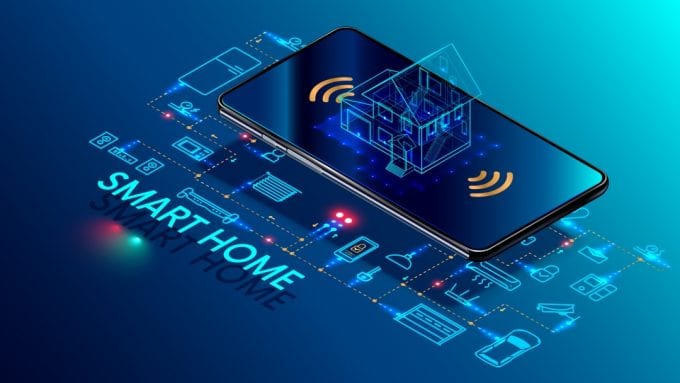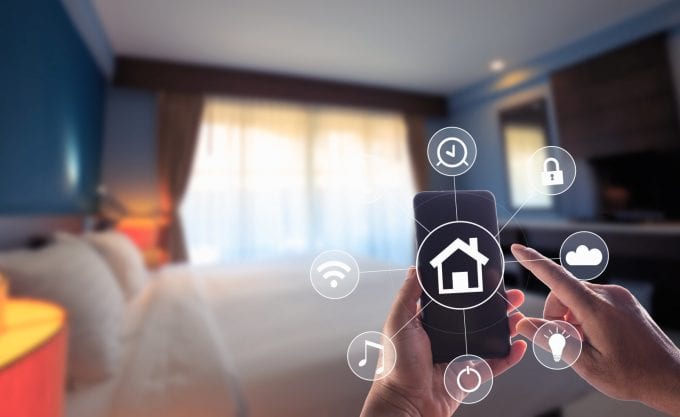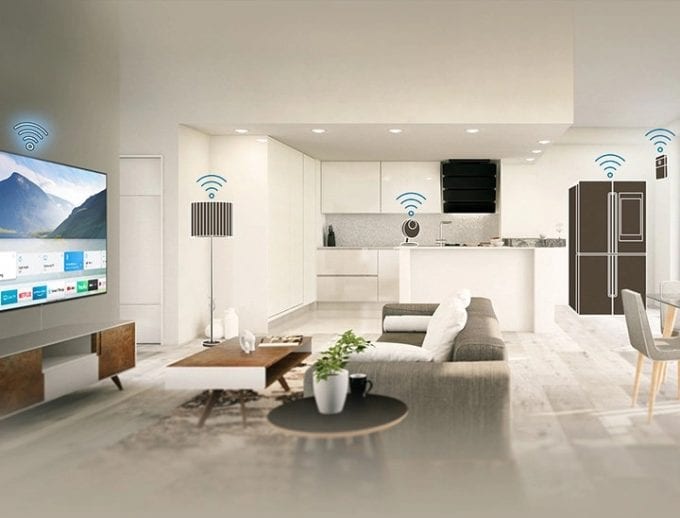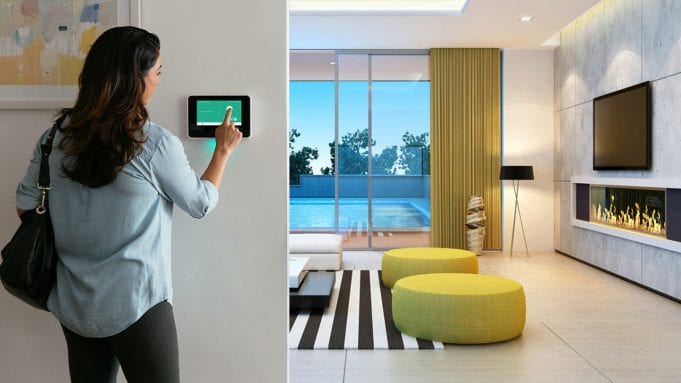The appeal or fascination of the smart home is incredibly strong. For instance, with your phone, you can unlock your door lock, enter your home, have the lights switched on automatically, and so on.
However, a real, genuine, smart home goes beyond these functionalities as you can even ask your virtual assistant to make you a cup of coffee. Genius, right? Building a connected, capable home that is also convenient takes some touch of know-how, a bit of planning, and minimal restraint.
For a little help, below are some simple, quick ways to start building your dream smart home.
The Foundation

Most smart gadgets, inclusive of popular products from Ring, Nest, and similar companies, provide their applications from which users can control or regulate their essential functions.
On the other hand, several devices are non-specific or common, using notable standards like Z-wave and Zigbee. Both create networks that require secure networking, energy efficiency, and a low data transfer rate, to integrate with a hub like Samsung‘s SmartThings and the Wink. And you can control those gadgets via the hub’s application instead.
Moreover, a few products transpire into both categories. By that, we mean, you can utilize a more prominent platform or their apps. However, some platforms, for example, Apple’s Homekit and Insteon, restrict you to which devices you can make use of than others.
Additionally, with a lot of different products in plenty of ecosystems, setting up a smart home can seem like a logic puzzle. Even so, like with any task or piece of work, you can make it simpler by dissecting them into smaller parts.
It is wise to start with at least two gadgets, and from there, you then become more aware of how the products work. Perhaps you prefer to turn on your lights with a voice command, or maybe you want to lock your door from your smartphone.
It’s essential to choose a category of home devices and do some research about them. In this way, you can streamline the features that suit your needs as well as the compatibility of a particular device with other platforms.
Most people begin with several security gadgets and often move up to more advanced systems. Smart home security systems connect to your Wifi network, allowing you to control your devices and monitor them through your phone and an associated application.

Basic systems typically have some window and door sensors, a hub, and a motion detector that integrates with these gadgets using at least one wireless protocol. What’s more, you can add more window and door sensors for further coverage and protection of your house. Do visit online review sites like securitybaron.com to know which systems can potentially meet your needs.
Furthermore, consider choosing products or devices with the wide-reaching compatibility you can find. As such, you can set up your smart home without stressing about future disputes. The following are some of the essential devices to consider:
- Locks. Take note that locks vary. Some can let you lock doors via your mobile phone, while others can give a family member or a friend temporary access. A more sophisticated smart lock is the Kwikset Kevo, as it can allow you to unlock doors by fingerprint password.
- Lights. Smart lights like Philips Hue allow you to control groups of lights or individual lights from your phone and create different scenes with particular color temperatures and brightness levels. Alternatively, smart switches can be used to regulate the lights already installed into your house.
- Thermostats. You can control your heating or A/C by when you arrive in your house or based on time of day, particularly with the Ecobee or Nest line of smart thermostats.
Controlling Them All
As you build the smart home of your dreams, you will perhaps want to consider getting an intelligent hub so that you can connect your gadgets. The most popular options today are the Samsung SmartThings Hub and Wink Hub 2.
The SmartThings hub is far more potent if you travel a lot, but Wink offers a user-friendly and straightforward interface. Both hubs work excellently with Android and iOS. Also, both feature more extensive compatibility with various devices.
Moreover, voice assistants are an excellent early buy because there is nothing much better than controlling your TV, air conditioners, and lights with your voice. The Google Home and Amazon Echo feature wide-reaching compatibility with various devices.
Google is a lot smarter regarding about your routine and answering your questions, but Alexa can work or integrate with more third-party skills and devices. Over time, as you add more widgets, you might want to consider looking into sophisticated controllers like the AtmosControl and Brilliant Control.
Takeaway

Keep in mind that you don’t need to purchase everything at the same time. You can start with a few devices. In this way, you will find yourself understanding and knowing which types of integrations are most helpful and favorable to you. Consider the pain points in your everyday life instead of buying every device you can see or get your hands on.
Moreover, it is crucial to remember that though these devices can make your dream automated house come true, they are not as sharp-witted as you may think. Thus, do not get too dissatisfied if your home does not work as fluidly or quickly as you’d hoped.
No one application can control all these devices. Also, there’s no perfect combination of gadgets integrated smoothly and continuously. Even if you set up your whole house around HomeKit or Wink, there is a possibility that you will need to get another hub for a particular device.
Ultimately, smart home gadgets should make your everyday life much more straightforward, not more inconvenient. Therefore, try not to get overly keen into building an integrated, seamless system that will last for a long time. Instead, look into the pain points in your everyday life to find the best gadgets that’ll allow you to build a very convenient home.









